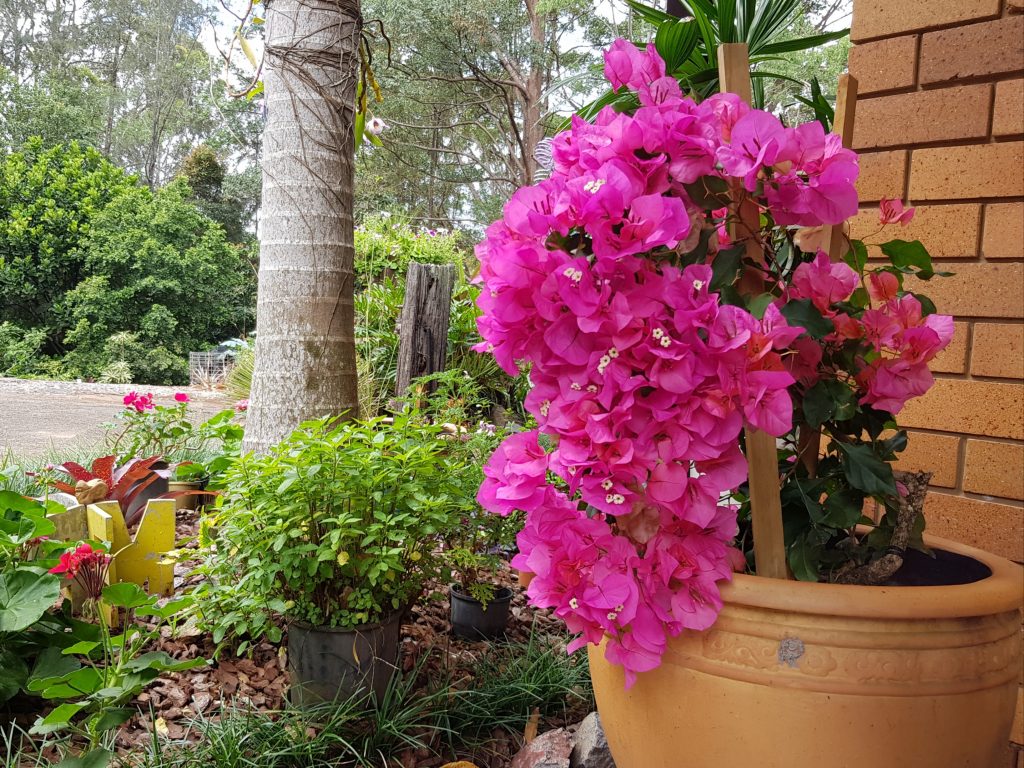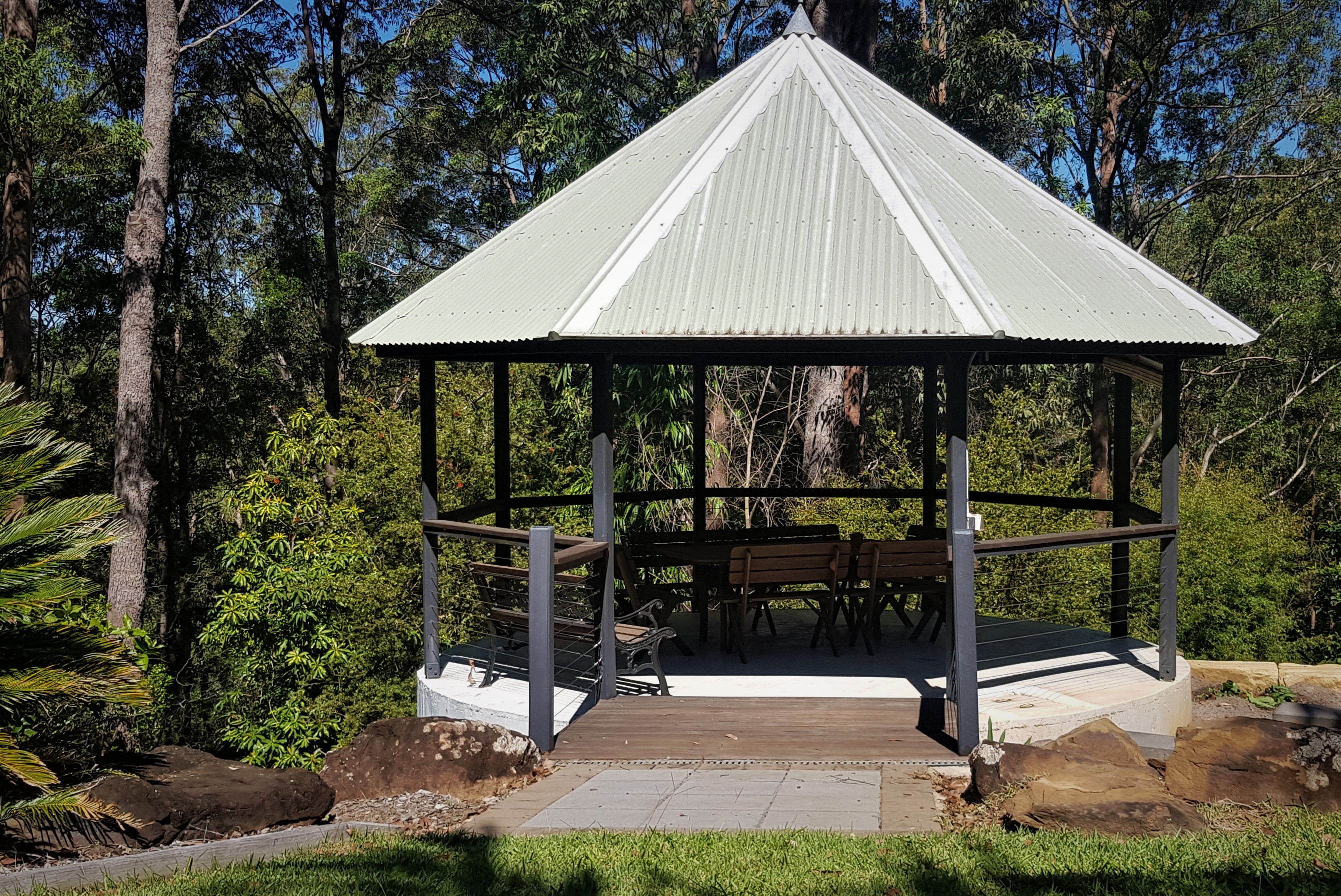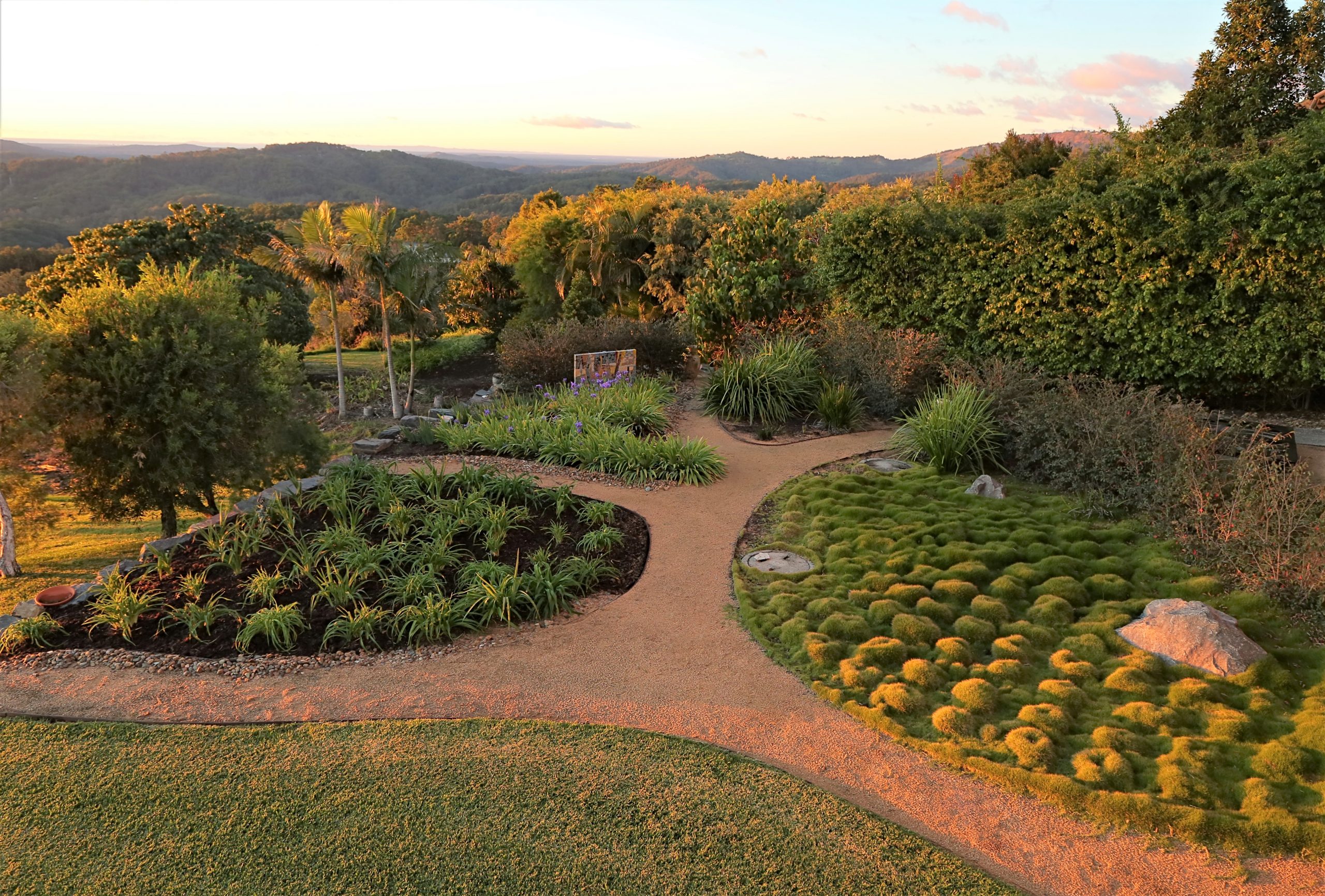Advice & Tips
SELECTING THE RIGHT PLANTS
While the Australian dream of a quarter acre suburban block may not become reality for many these days, most of us will find ourselves looking after plants in some way.
Whether it is a few indoor plants to freshen the air, some pots on the veranda of a town house, productive gardening to supplement the grocery bill, the quarter acre block or larger, I think I can divide gardeners into two main groups – those that have to, and those that need to.
The ‘need to’ group are the ones that haunt plants stalls at the markets, join garden clubs and spend hours of their time blissfully tending their beloved plants. They often go to great trouble to nurture rare or difficult-to-grow species. For them gardening is a pastime or passion. It keeps them fit, relaxed and can even be an important part of their social life. These gardeners are quite happy to tend a plant for years in the hope of getting a rare bloom. They will put the effort into maintaining a plant because they love it, even if it’s not growing in its ideal environment.
The ‘have to’ gardeners really don’t want to be fussing. They prefer their plants to look good nearly all year round, with a steady flow of flowers and good foliage achieved with minimal work. However, these gardeners can end up spending money on plants that look good for a few months, only to reach a slow and sad demise due to incorrect planting or lack of care.
Here are a few tips on choosing the right plants for all you ‘have to’ gardeners out there. Firstly, get to know what growing conditions you can offer the plants in your backyard. Look at things like how much annual rainfall you get (and when), your soil type and condition, and what is already thriving in the garden.
Secondly, research the requirements of the endemic flora. The plants that are native to your area will grow well on little maintenance, without becoming a weed. And if you want to expand the range of plants in your garden beyond these species, at least you now have a blueprint of plant requirements that you can match to exotic species.
Thirdly, be careful of fashion trends. Gardens are subject to fashion, just like anything else. When you buy a garden design magazine, you are looking at the latest and greatest in high garden fashion. However, it’s important to look to the source of the trend, before ripping out all your roses and replacing them with agaves or something else which is trendy. As a nation, we are all now very aware of the need to be water wise because of years of low rainfall and rising water prices.
Another trap to avoid is new, heavily marketed cultivars. There is a whole industry that revolves around these types of plants. And while some of them will be a wonderful new addition to your garden, they do not all suit all gardens. Again, check the growing conditions required by the plant you are about to buy. Don’t assume that because the plant is for sale locally, it is suited to growing here. Some beautiful, dry climate cultivars can be purchased nationally. Plant them in winter and they will look great through to Christmas or even later if you are lucky, but if you live in an area which can be hit by a month or two of near continuous rain hits, you will be left with a rotting stick in the ground.
Buy from a reputable nursery to ensure you are getting the real deal. Quality purchased plants come with a label which gives a very brief description of their requirements. Don’t hesitate to ask the person selling you the plant for more information. They often have a wealth of knowledge that they are happy to share – to your benefit!
Finally, engage the services of a local horticultural professional or knowledgeable landscaper. For a few hundred dollars, you can avoid costly removal of inappropriate plantings and years of watching those mistakes grow.





